How can I help my students express with their bodies when they are playing? Many of them just SIT THERE and play. Even the students who play with all the expression (dynamics, phrases, articulation, etc.) feel intimidated when I ask them to move a little and not play like “robots.”
Years ago, when I was going through a class on storytelling techniques, one of the principles I learned was to move with purpose. Make your gestures match your words. I believe the same principle applies to playing the piano. Movement should be with purpose, subservient to the greater goals of beautiful sound and natural technique. That said, usually “robotic” playing is conducive to neither of these. 🙂 Here are a few thoughts from working with similar students:
- Start small. Be content with little bits of progress. For example, my first approach with students is always to get them comfortable with using the weight of their arm. I have them drop their arms in their lap, then have them drop one arm at a time into my hand and demonstrate by letting it go whether they have truly dropped all their weight, or are holding back. Sometimes even this little thing can take a student a couple of weeks. Others get it right off the bat. You just have to start where the student is at and go with them from there.
- Emphasize natural design and flow. The impetus behind movement in playing is that we want to use every part of our body as it is designed and as it functions in the most natural way. For example, rather than using our fingers as levers, we can achieve greater velocity and consistency by maintaining a fairly stable hand position and just rotating the bones of the forearm that connect to the wrist. (Many people refer to this as “wrist rotation,” but I prefer to have the students think of the rotation as originating in the forearm as a more true understanding of the function.)
- Less is more. Ultimately, we want to plan our gestures and body movements so that we achieve the greatest results with the smallest number of movements. For example, consider the 2-note slur technique. Most students want to lift the wrist after the first and the second note. This generates more movement, but it is counter-productive. And it greatly impedes the flow of a piece of music at a faster tempo. Instead we aim for one intentional gesture that drops weight into the first key, transfers to the second, and releases in a natural fluid movement.
- Lead the students to an experience that convinces them of the value of the movement. Again, if we are merely encouraging movement for movement’s sake, the student will easily disregard it because it feels awkward or unnecessary to them. However, if they are working on a piece and you show them a gesture or movement that makes it easier for them to play or enables greater technical facility or helps them create a more beautiful sound, they will be eager to put it into practice in their own playing.
- Dig deeper. In my experience, most students’ movement – or lack thereof – at the piano directly correlates with their attitude. If a student plays with a sort of droopy look, they may be angry or depressed. If they play timidly, perhaps its because they lack confidence. If they play really fast and stiff, maybe they are stressed out. And so on. Instead of just observing piano techniques and movements as components toward the end goal of becoming a musician, you can also use them as “windows” into the hearts of your students. Because the music we make ultimately comes from the heart, the best way to play beautifully is to have a heart that’s in the right place. As we take time to get to know our students, communicate with them, and reach their hearts, the things we are teaching them about music and movement will be able to flow in a true and uncontrived manner from within them. I talk with my students a lot about the musical gifts God has given them and how we can use them to praise and glorify Him. Of course a whole range of emotions make their way into our lives and music, but if we want to be effective musicians, we should have hearts that are open to learning and growing so that we can develop our talents and skills to their greatest potential.
This is really a fascinating topic, so I’d love to have input from others. What have you found to be effective in helping students develop better choreography at the piano?
Remember, if you have a question you’d like to contribute to next week’s Monday Mailbag, leave it in the comments below or send me an e-mail sometime this week with Monday Mailbag in the subject line!

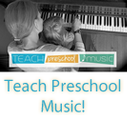
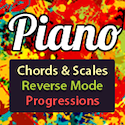
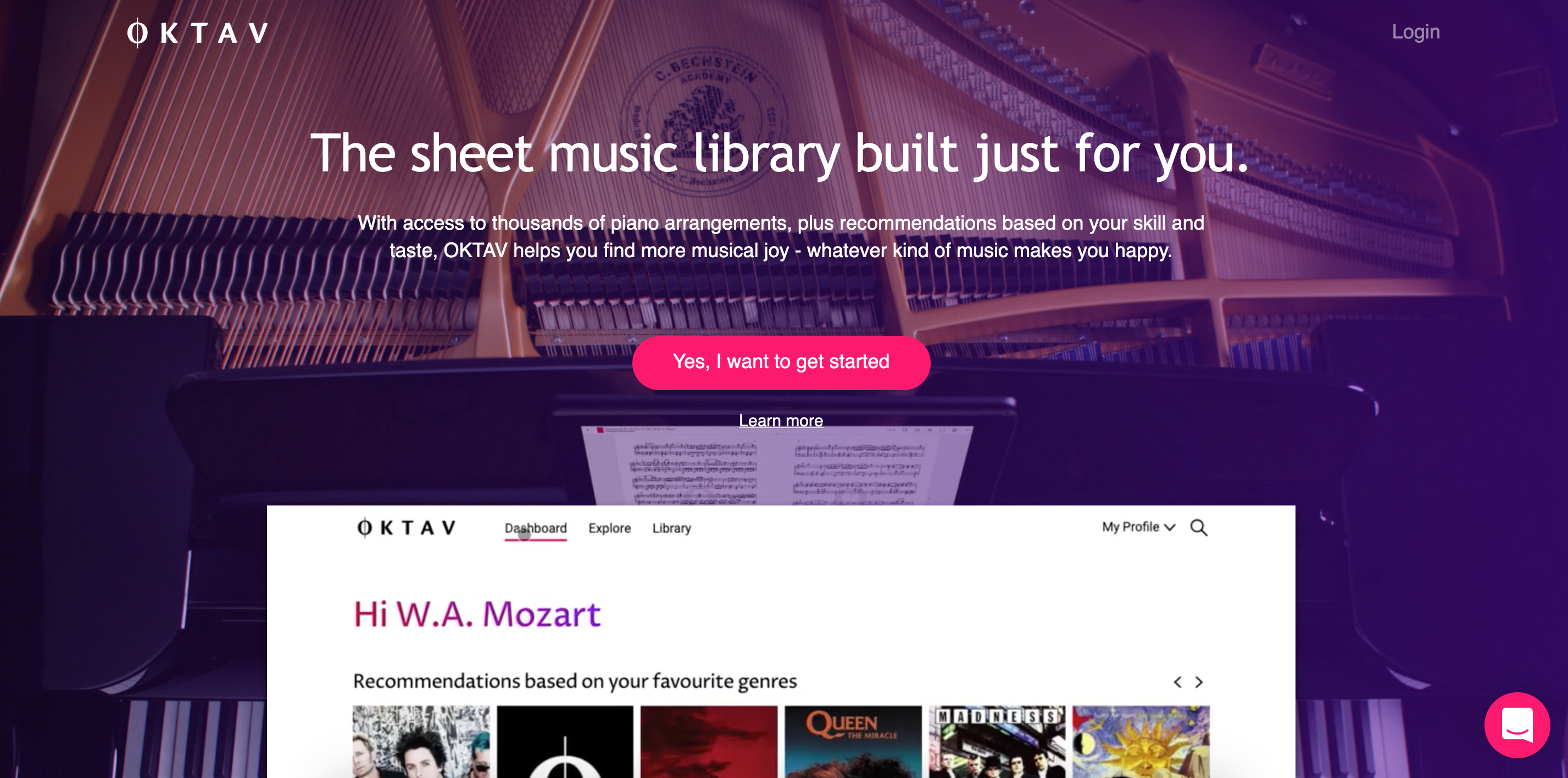

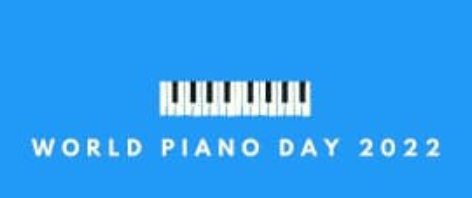
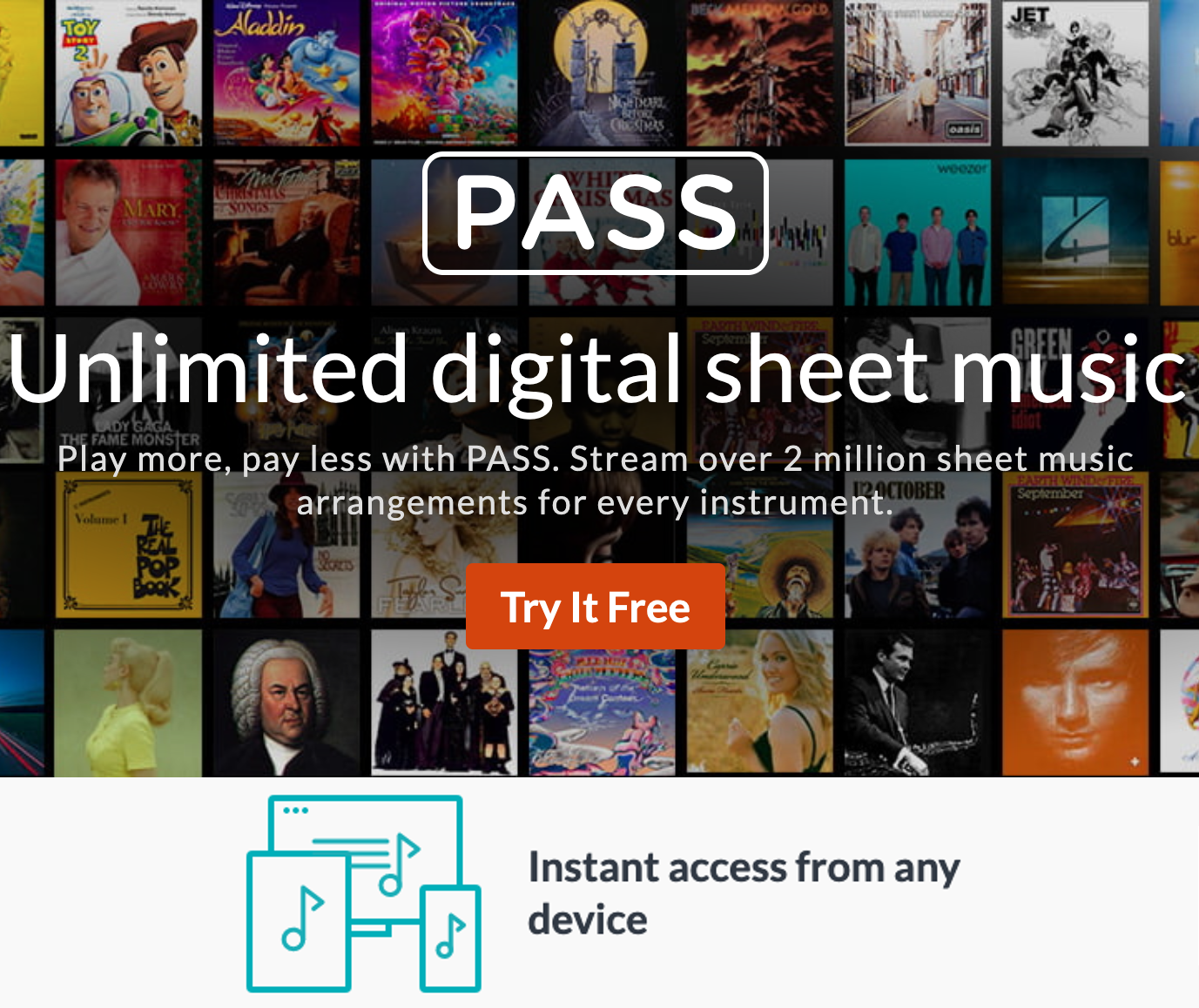


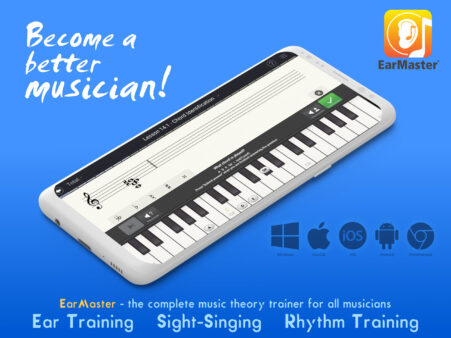
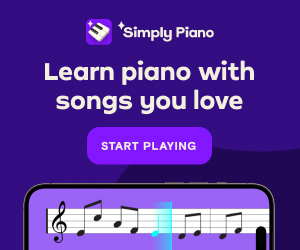


Leave a Reply